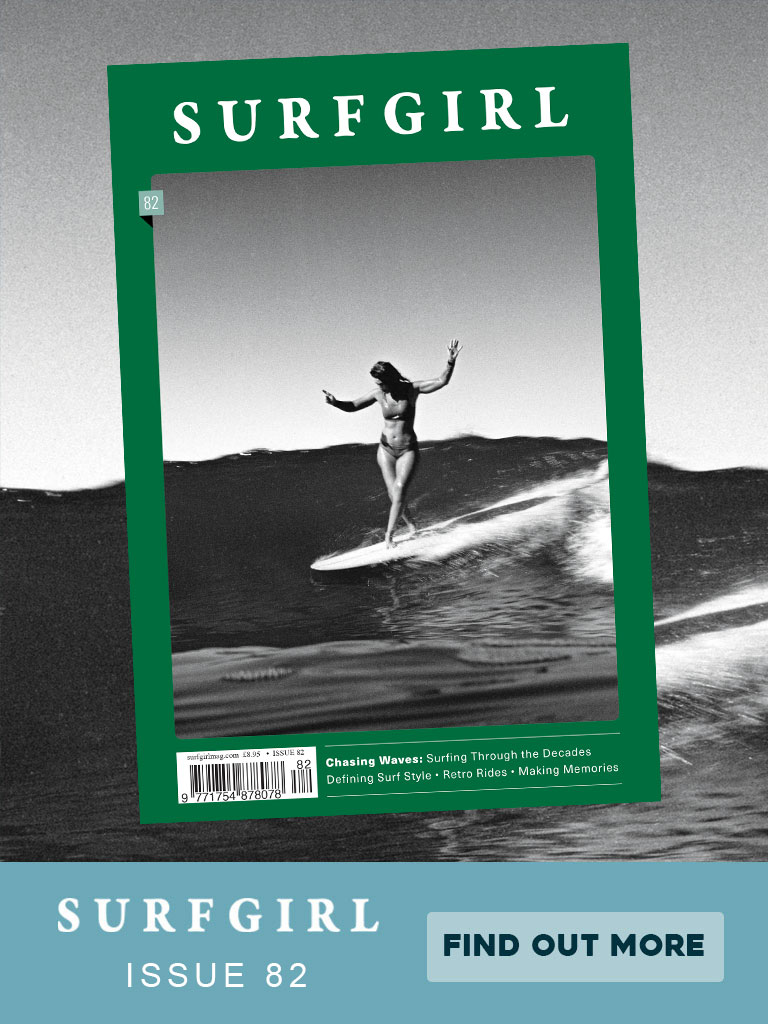
Short-beaked common dolphins along side a tourist boat during the 2016 National Whale and Dolphin Watch
(Photo: Newquay Sea Safaris & Fishing/ Sea Watch Foundation)
Every year, scientists at the Sea Watch Foundation lead a campaign to get members of the general public contributing to science to protect whales & dolphins and they’re calling on you to get involved!
For over forty years, Sea Watch Foundation scientists as well as volunteer observers all around the coast have been reporting on whales, dolphins and porpoises (cetaceans) to inform Sea Watch’s huge database of records. In fact, the scheme is one of the oldest and longest running citizen science schemes in the worlds. Now it’s your turn to take part in their flagship summer event, the ‘National Whale & Dolphin Watch’ which is now in its 16th year. National Whale and Dolphin Watch 2017 takes place 29th July – 6th August and, with your help, could be the most successful ever!

As the smallest of the UK’s cetaceans, harbour porpoise are often over-looked despite being the most widespread to be spotted. (Photo: Mick Baines/ Sea Watch Foundation).
Many people don’t realise the wealth of whales and dolphins we have around our coasts. You don’t need to go abroad to go whale watching or to have a dolphin experience. In recent weeks, bottlenose dolphins have been cropping up all along the south coast of England with other species such as white-beaked dolphins off Northumberland and Risso’s dolphins in the south-west. Whitby is famed for its whale-hunting past, but today eager wildlife watchers can hunt minke whales through binoculars instead! And you’d be surprised at what you see even in places that aren’t designated hotspots; it’s all about getting out there to spot the animals using your patch and reporting what you see. Ultimately, even if you don’t see any cetaceans during a watch, that information is just as valuable to us as it helps us to build a picture all around the UK.

All that people need to do to take part is to report their whale and dolphin sightings to us and to either participate in the advertised organised watches or to arrange their own. No experience is necessary!

It’s often only the small length of back and the broad-based triangular dorsal fin of the harbour porpoise that is seen, but breaches and bow-riding have both been witnessed too! (Photo: M Reichelt/ Sea Watch Foundation)
During the nine-day 2016 event, eleven different whales and dolphins were recorded in UK waters as well as the tiny harbour porpoise which measures just a metre and a half when fully grown. Also, some 394 sightings were logged around England, which for the first time recorded more sightings than Scotland. For more facts and figures from last years’ event, please see the 2016 National Whale and Dolphin Watch report.
The National Whale and Dolphin Watch 2017 is only a few days away, so the research charity behind the event are urging people to register now to run watches of their own to contribute valuable data for the protection of these magnificent species.
Take part and find out more
Find out more on the Sea Watch Foundation website here.
Join a registered event here.
Register your own event here.

A dolphin seen at sunset during NWDW 2016 off Newbiggin-by-the-sea.
(Photo: Ivor Clark/ Sea Watch Foundation)



